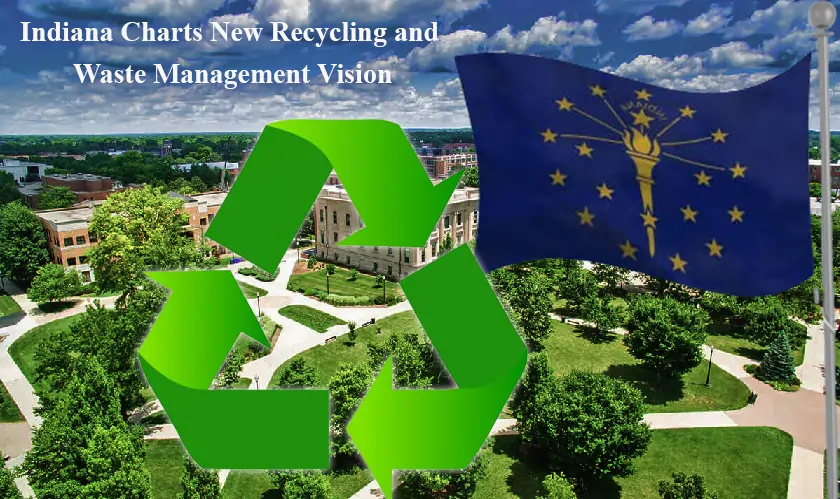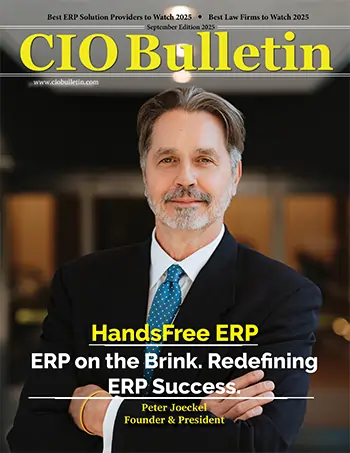Home Industry Recycling and waste management Indiana Charts New Recycling a...
Recycling And Waste Management

CIO Bulletin
07 October, 2025
The new waste management and recycling plan is presented by Indiana to catalyze more sustainability, waste reduction, and a statewide cyclical economy.
Indiana is revising its recycling and waste management approach to develop a circular economy, which is sustainable. The Indiana Department of Environmental Management (IDEM), along with the British contractor Eunomia, is overhauling a decades-old plan with a new system that encompasses food, construction, technology, and textile waste.
Supported by a grant of $600,000 by the U.S. Environmental Protection Agency, the project contains commercial food waste diversion proposals, an enhanced sorting and processing facility, curbside increases in recycling and educational programs around food issues. IDEM tries to uplift the recycle rate to 50% in the state, providing recommendations and favoring local governments and businesses.
According to IDEM Commissioner Clint Woods, the economy of Indiana can be promoted by building a circular economy. The plan also factors in a surcharge on waste tonnages landfilled or burnt into landfills or burnt material to promote more sustainable ways.
The economic effect noted by experts: annually more than 400 million materials, including metal, plastic and paper, do not find their way back. Indiana University is testing dehydrators and in-vessel composters for food waste, reuse programs and green recycling vouchers on campuses.
The project focuses on the effectiveness, resource saving and sustainability. John Sutherland of Purdue University observed that smarter waste management not only minimizes the cost of disposal but also has a part in energy security through recycling useful materials such as rare earth elements.
The new vision of recycling and waste management in Indiana is a highly complex policy, educational and an innovative technological tool for reducing the amount of waste and increasing the economic opportunities in the state.







